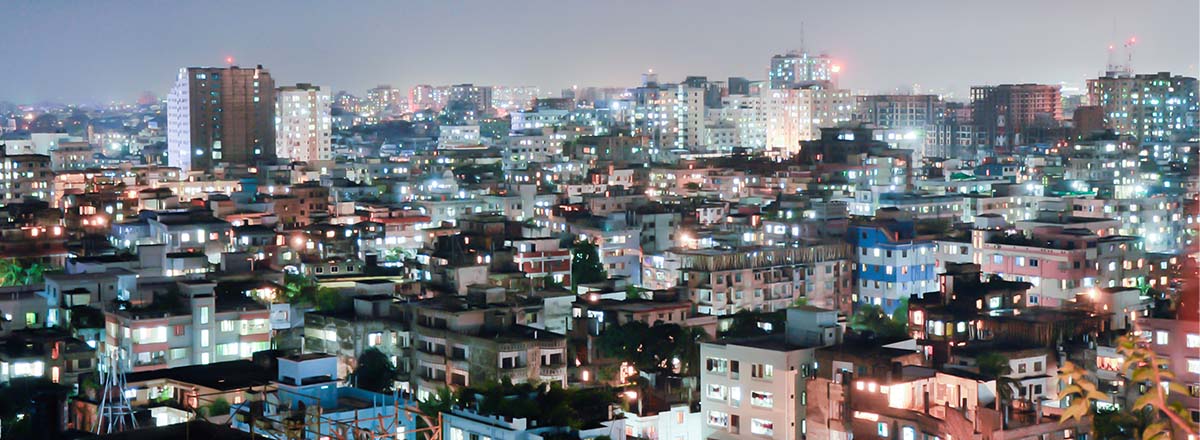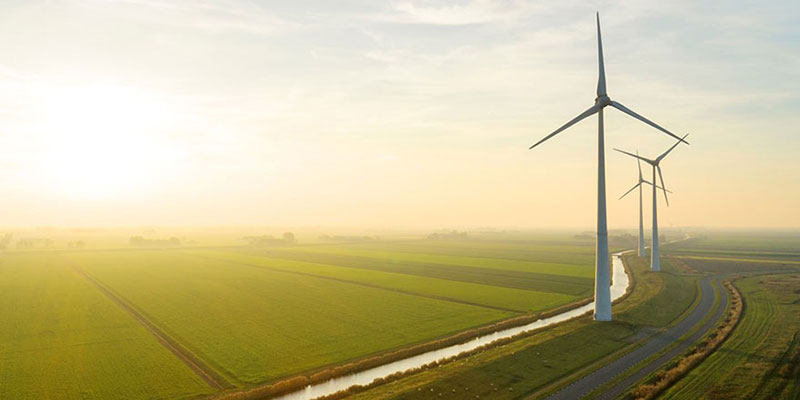
How Xerox Helped the Government of Bangladesh Capture, Store, and Analyse Population Data
Bangladesh is one of the 10 most populous countries in the world. In recent years, the country has experienced tremendous economic growth, fueled in part by the adoption of new technologies. As a result, life for millions in Bangladeshis being transformed as the government has established its Digital Bangladesh Vision by 2021, an initiative to increase technology usage across the country. A key component of Digital Bangladesh was a large-scale census project, National Household Database, that Xerox and its local partner, IOE (Bangladesh) Ltd., helped deliver.
Xerox and IOE were brought in to build the National Household Database. At the core of the project was the question: How do you capture, store, and manage information at this massive scale?
Together, Xerox, IOE, and the BBS collected information about Bangladesh’s population of more than 160 million people to determine who has access to basic amenities, including electricity, piped water, and furniture. The government, with the support of World Bank funding, can then use the National Household Database to determine those in need of the country’s public safety programs and ways to deliver the right benefit services to its population.
“The Bangladesh Government asked us to create a survey that would go to every household in the country with questions about the living conditions,” says Dave Nesbitt, Xerox Global Lead, Capture and Content Services. “The requirement was to design a questionnaire that Bangladesh citizens could complete at their doorsteps, then Xerox could scan that information, and develop a database the Bureau of Statistics could use for its social programs.” Though this was the first project Xerox delivered in Bangladesh, Xerox has a successful track record working with government agencies on multiple continents.
Over the course of 18 months, more than 350 people from Xerox, IOE, and the BBS, operating in shifts, worked on the project. The census data collectors traveled door-to-door with paper questionnaires—45 million questionnaires were printed and approximately 37.5 million were filled out. “Since Bangladesh is a developing country, the emphasis of the government was to have more information about the basic amenities (like property characteristics, assets ownership, and household member details) available in the citizen households,” says Nesbitt.
The information collected was highly sensitive, so the entire scanning operation occurred within BBS’s production center. Once the documents were scanned, Xerox’s DocuShare® content-management system was used to upload the questionnaire images into a virtual database where the information could be organised, measured, and securely stored. Given the sheer volume of documents processed, Xerox also added an in-document tracking tool to monitor the overall production process. (Prior to this 2017-2018 census, Bangladesh’s household census data was stored in physical format by BBS.)
Accuracy was paramount to the project. All the data from the field needed to be validated against the Bangladesh National ID and Birth Registration databases’ APIs. And the technology needed to be customised. Xerox developed a dictionary to provide the transliteration of the names written in English to Bangla.
In total, 76 million document images were processed.
“We were impressed by the Xerox ability to deliver a program of this gigantic scale, as well as their technical know-how, impressive understanding of processes and lessons it has brought for future projects.”
See More Customer Success Stories


Capture and Content
The world is speeding up. Shouldn’t the way we work do the same?

Survey Results
What does the Future of Work look like?
Capture & Content Insights
Explore PDFs, videos, infographics and more on this topic.
Related Articles

England's 158-Year-Old Land Registry Uses Xerox Technology to Digitise Data
Xerox is playing a key role in protecting the integrity of the digital Land Register for England and Wales.

Can a bank really go paperless?
See how Argentina’s oldest private bank is working to eliminate paper onboarding forms with the help of Xerox® Capture and Content Services.

